The Commodore 1660, also known as the “Modem/300”, is Commodore’s first full-featured modem: It connects directly to the phone line and supports pulse and tone dialing for 300 baud duplex connections.
Historical Context
| Year | Name | Model | Description |
|---|---|---|---|
| 1982 | VICMODEM | 1600 | connected to phone’s handset connector; manual dialing through phone; Motorola MC14412 |
| 1982 | AUTOMODEM | 1650 | connected to phone line, pulse dialing in software; Motorola MC14412 |
| 1985 | MODEM/300 | 1660 | added tone dialing support by feeding SID output into modem; Texas Instruments TMS99532A |
| 1987 | MODEM/1200 | 1670 | Hayes command set; pulse and tone dialing in hardware; 300/1200 baud support; U.S. Robotics chipset |
Photos
On the front, there is the user port connector. On the left, there is a switch that can be put into the “A” (answer) or “O” (originate) position, depending whether a phone call is supposed to be made or accepted.
On the back, there are
- two phone line connectors. “LINE” is connected to the telephone network, and an existing telephone can be connected to the “PHONE” line.
- an RCA audio connector. The circuitry in the modem only does the 300 baud data transmission part once the telephone connection is established – tone dialing is done by using software to generate the audio using the C64’s sound chip, which is looped into this connector! (Pulse dialing is also done in software, by timing on-hook and off-hook events.)
The label on the bottom says:
| C= commodore |
| MODEL NO. 1660 |
| SERIAL NO. 158297 |
|
COMPLIES WITH PART 68, FCC RULES; FC REGISTRATION NUMBER BR 9608-15671-DM-E RINGER EQUIVALENT 0.4A 0.6B; JACK (USOC) RJ11 |
|
CERTIFIED TO COMPLY WITH CLASS B LIMITS, PART 15, SUBPART J OF FCC RULES. SEE INSTRUCTIONS IF INTERFERENCE TO RADIO RECEPTION IS SUSPECTED. |
|
FCC ID BR 9608-1660 MADE IN: HONG KONG 310476-01 |
The board is marked “MAGIC MODEM TI-1660” and “ARTWORK NO. 310484 REV 4”. The “TI” might stand for “Texas Instruments”, the manufacturer of the TMS99532A modem chip on the top left of the board, which is the central component of the device.
There is a speaker glued to the top shell that allows monitoring the audio data on the line.
The modem comes with one phone cable.
And there are two cables that connect the C64’s audio output to the modem:
- The DIN to RCA cable takes the audio signal from the C64/C128 AV connector. It is used if the C64 is connected to a TV through the RF connector, so the AV connector is available.
- The RCA Y-cable takes the audio signal from the monitor cable. This is used if the C64 is connected to a monitor using the AV connector.
Page 8 in the manual visualizes this:
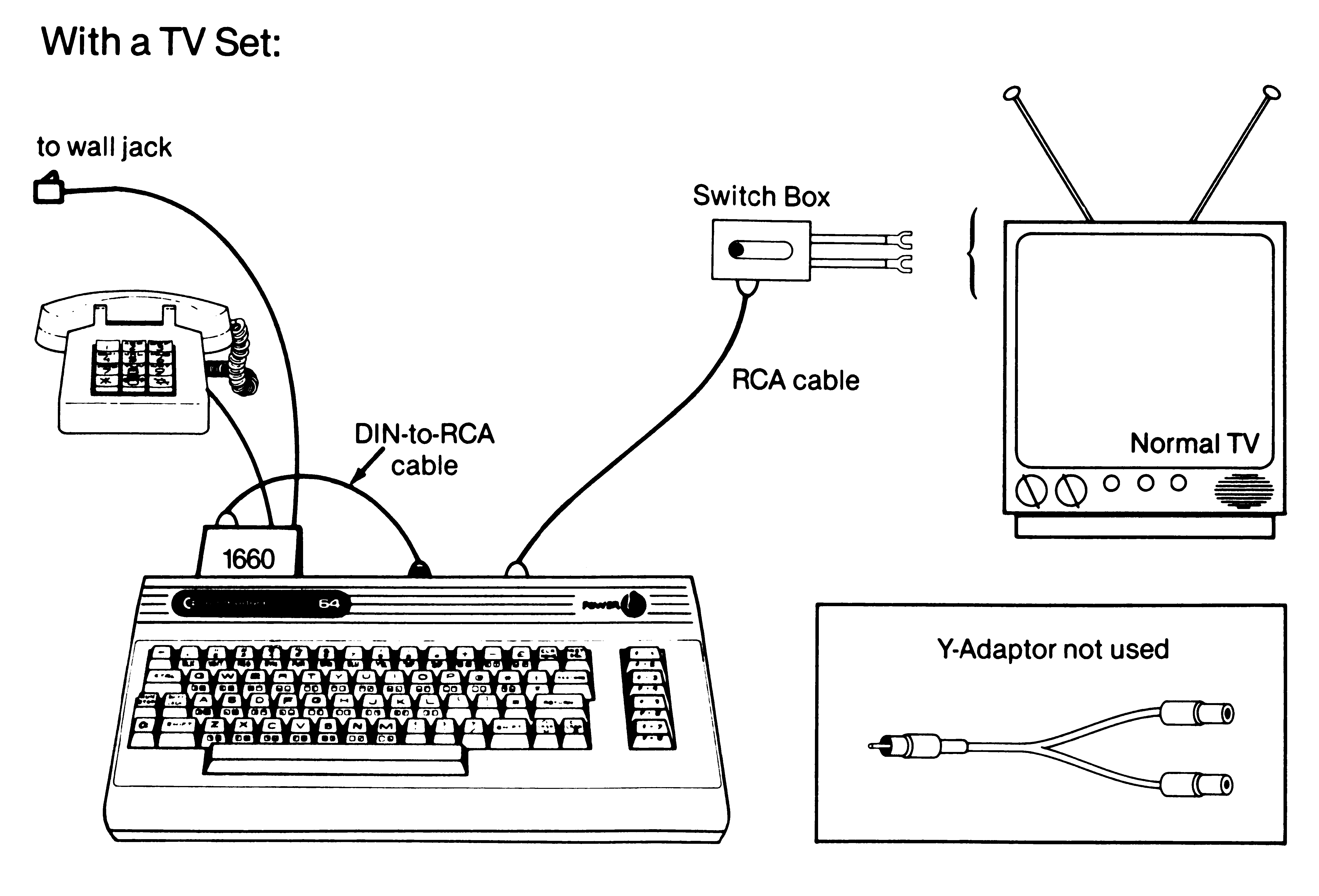
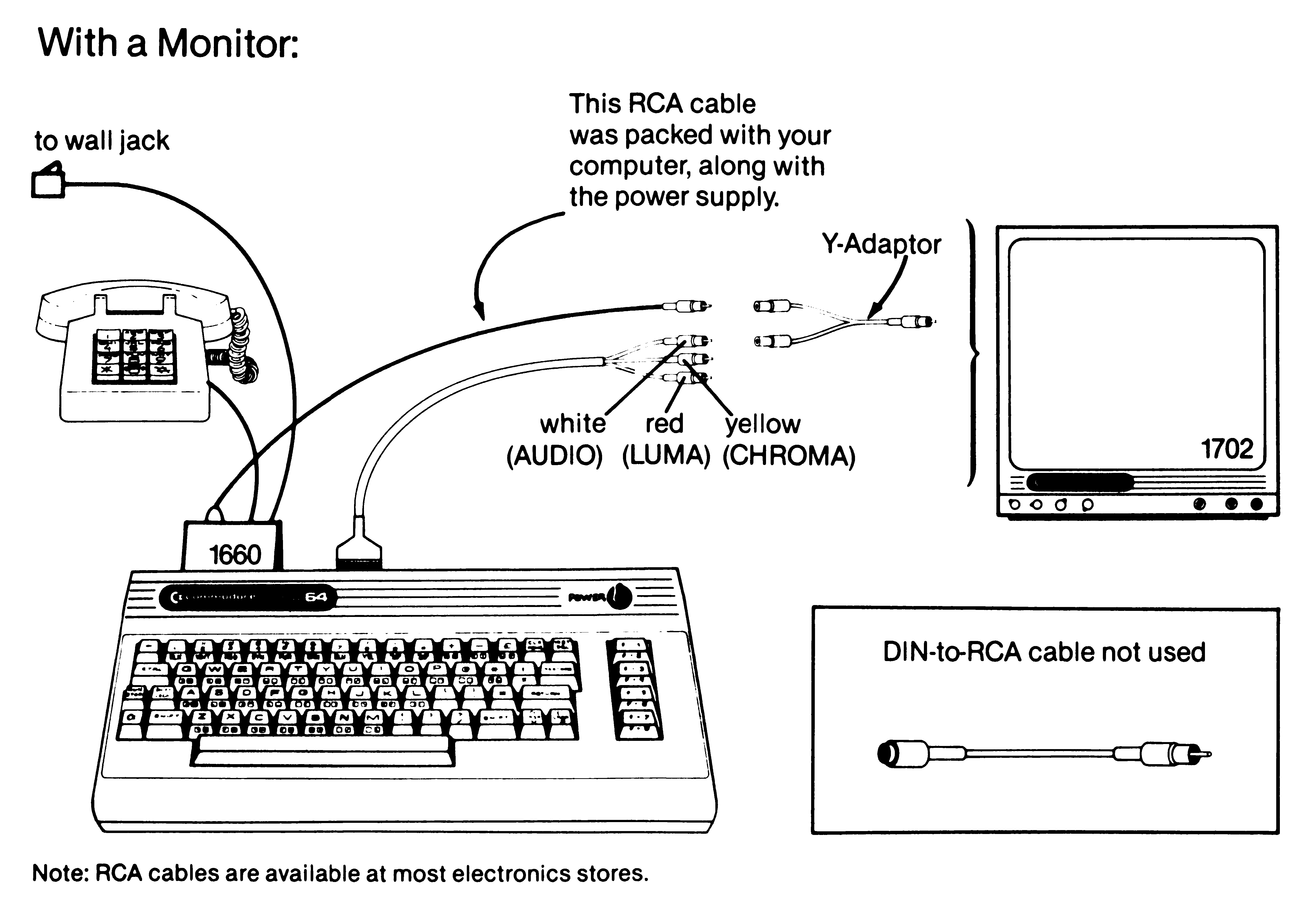
Box
Manuals
More Box Contents
Disk
Further Reading
Build the ECM-103, an Originate/Answer Modem, Byte Magazine Volume 08 Number 03
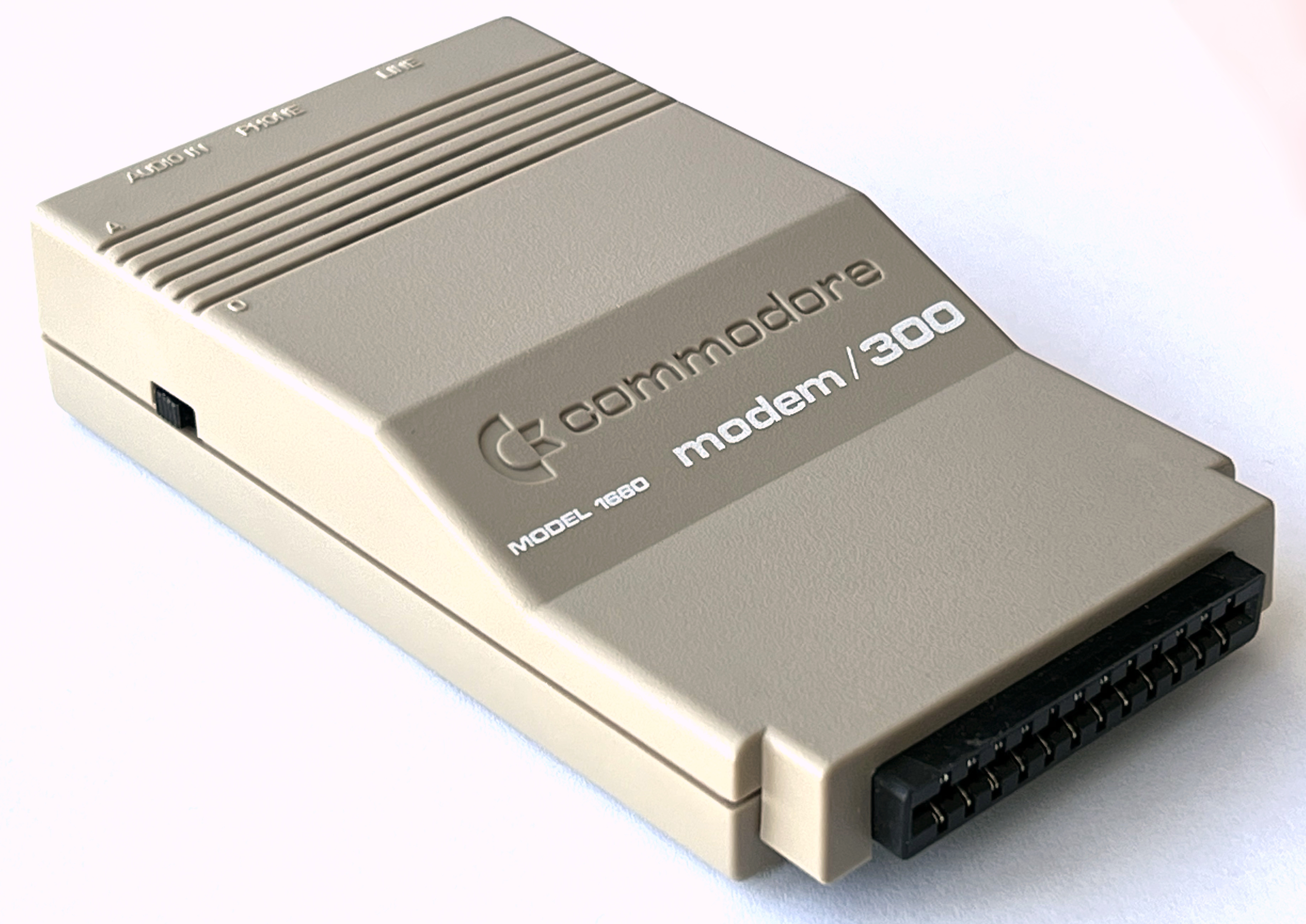
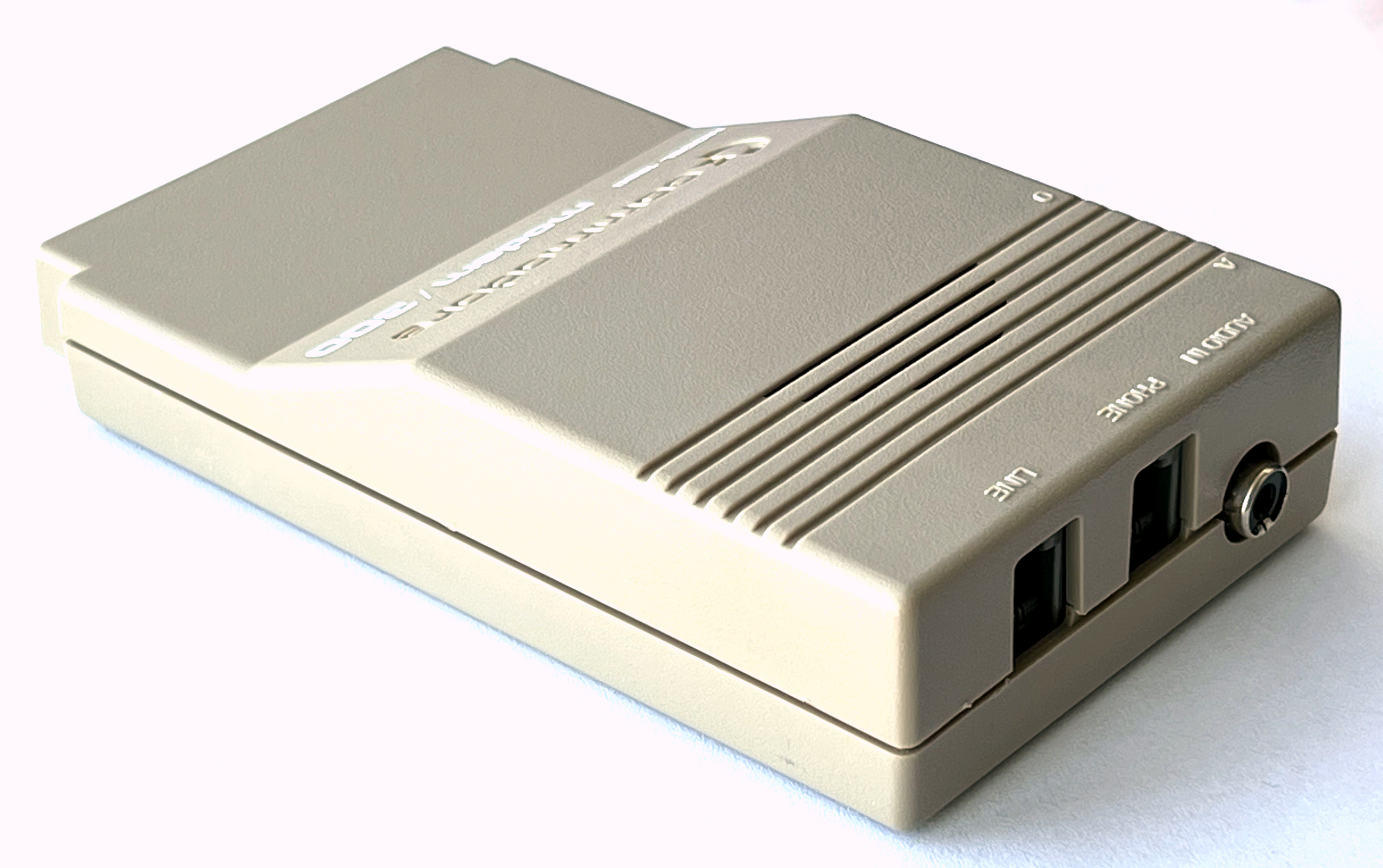







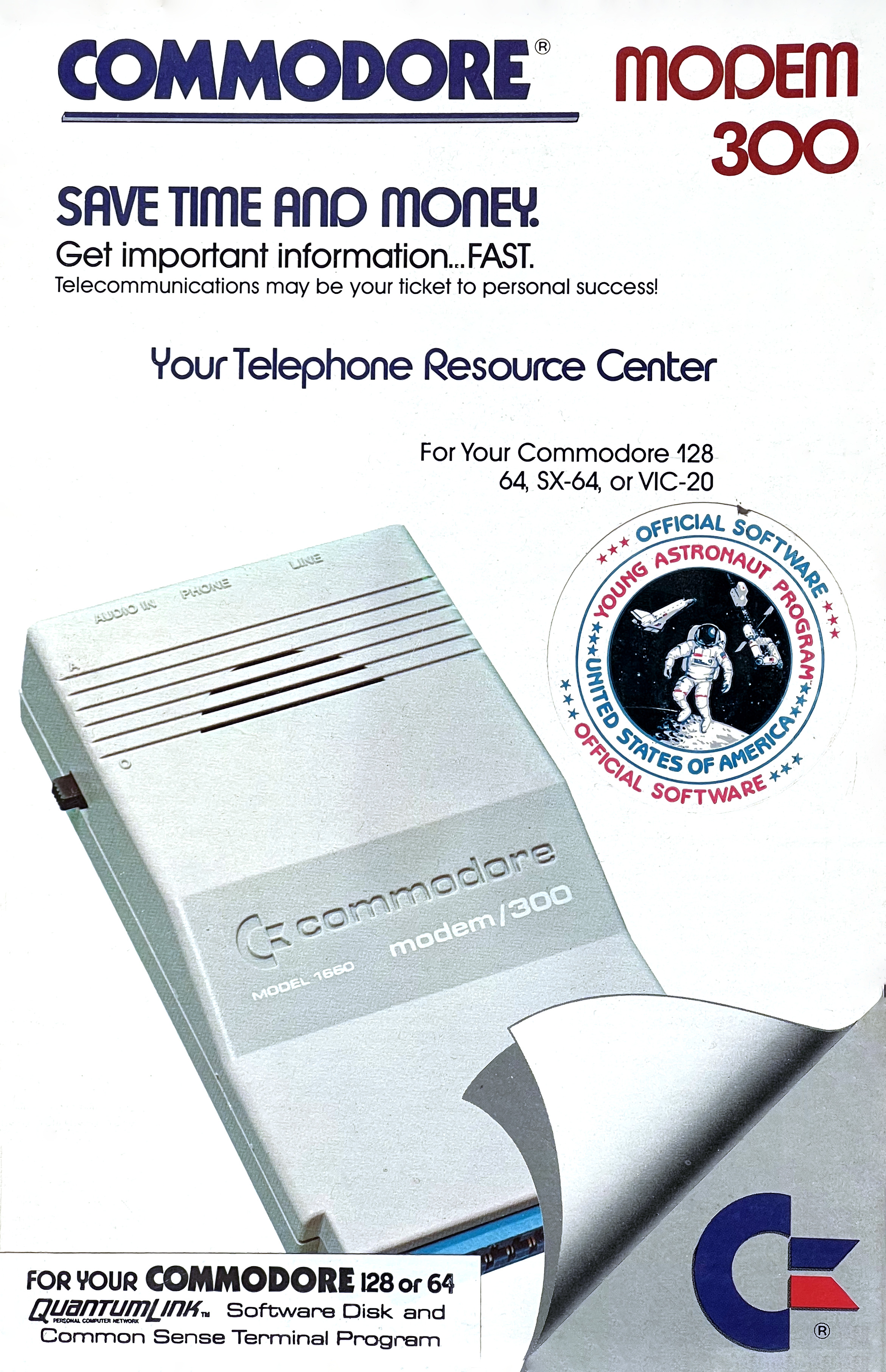
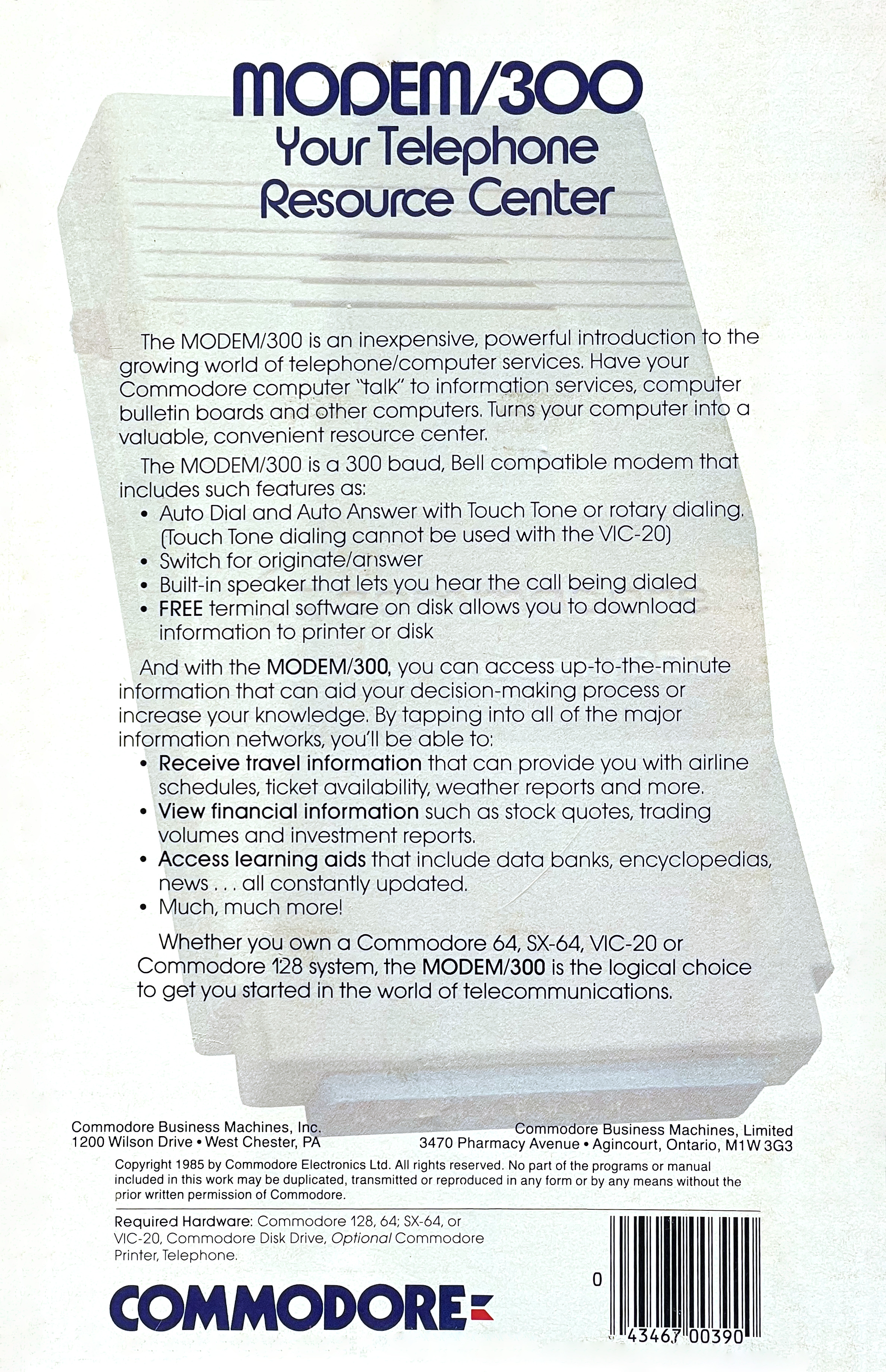

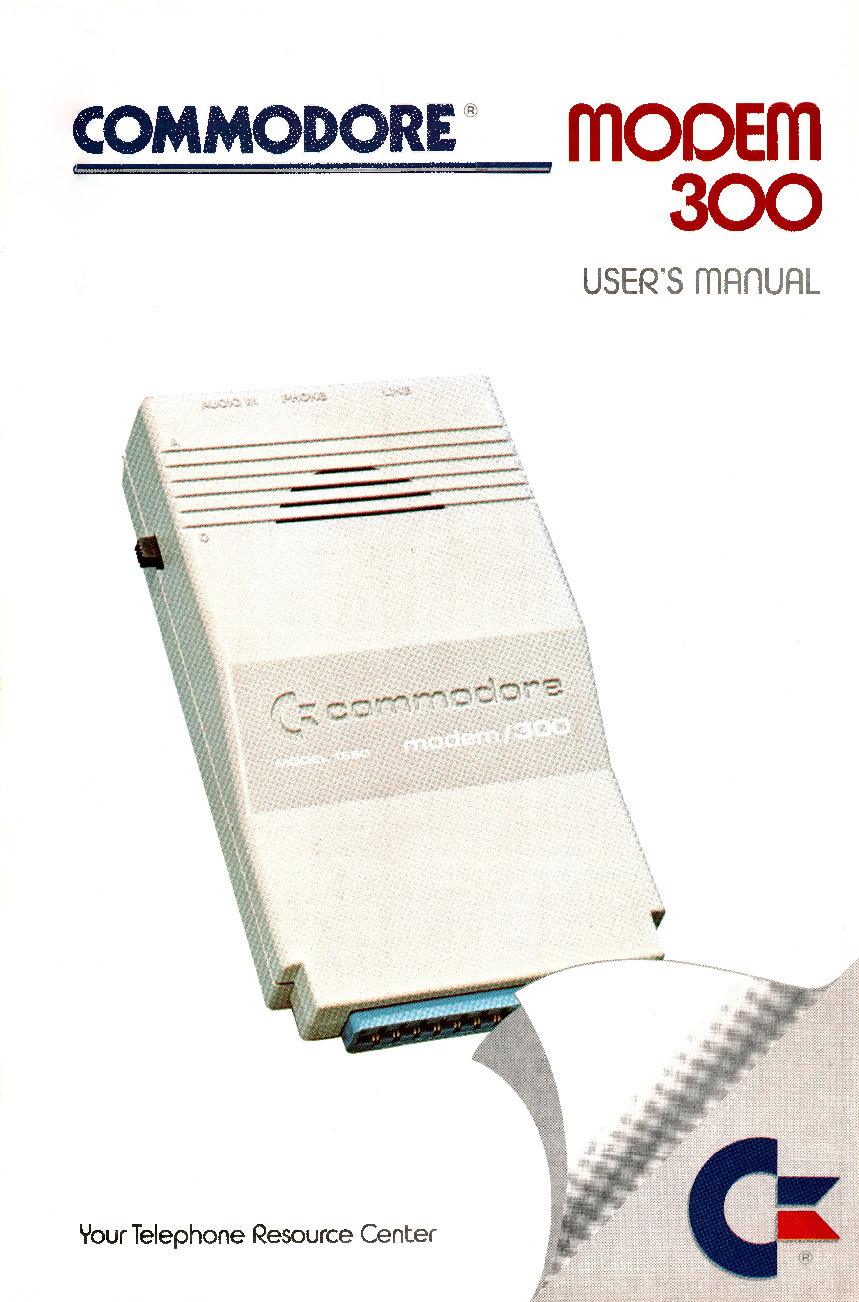
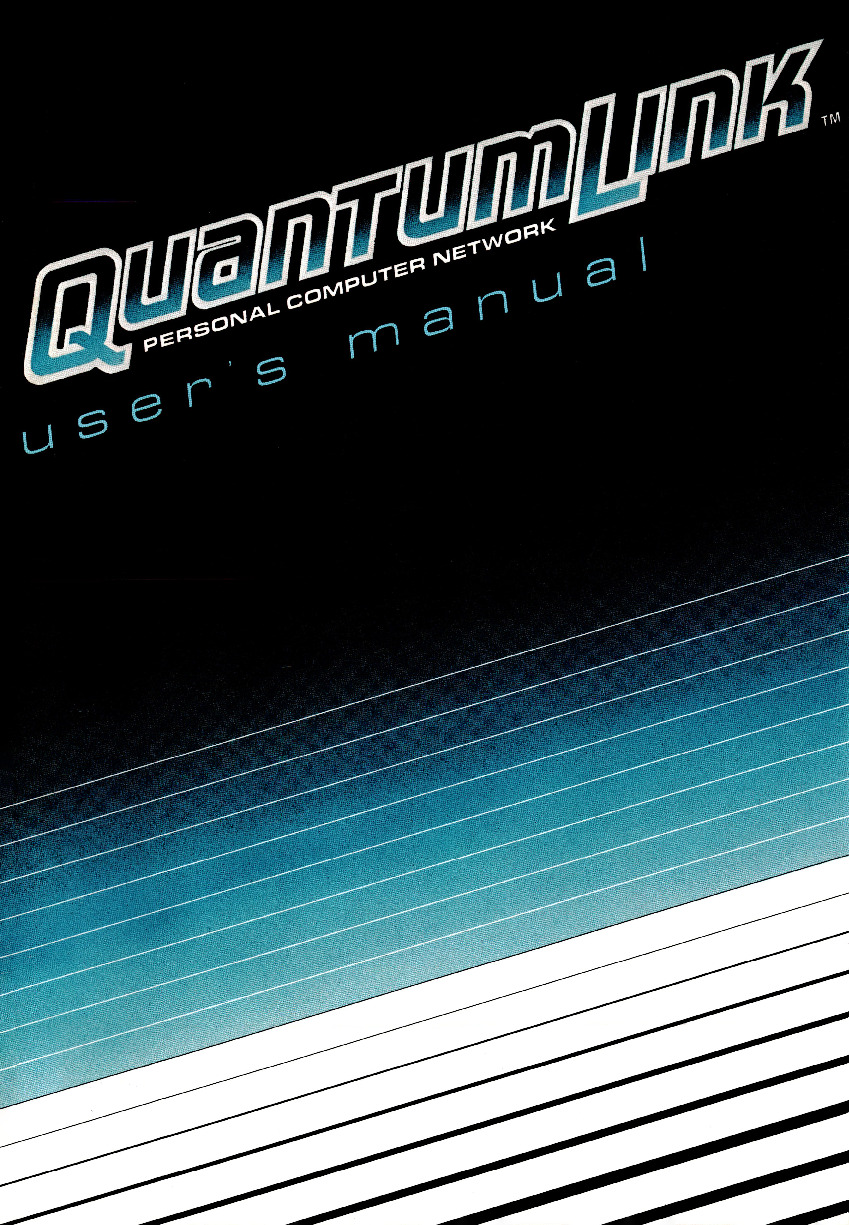
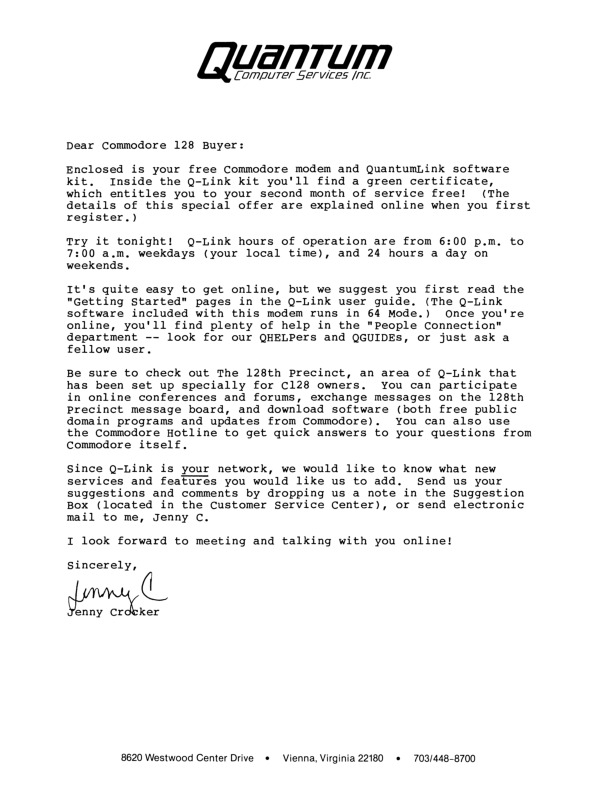

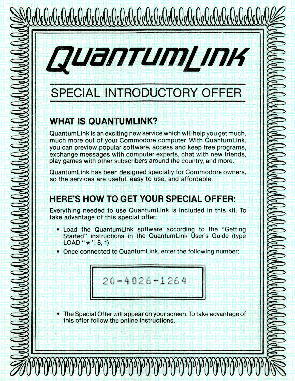
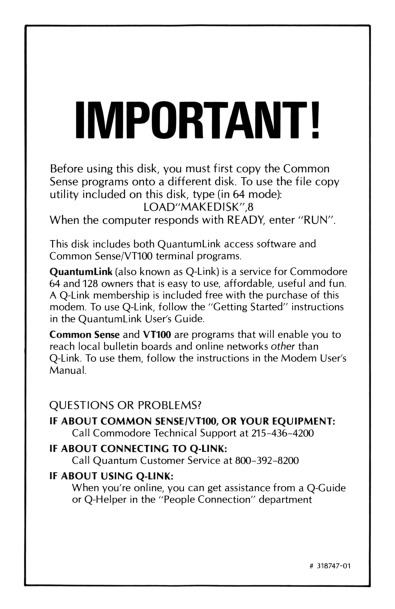
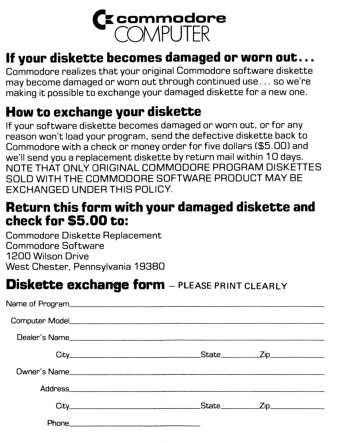
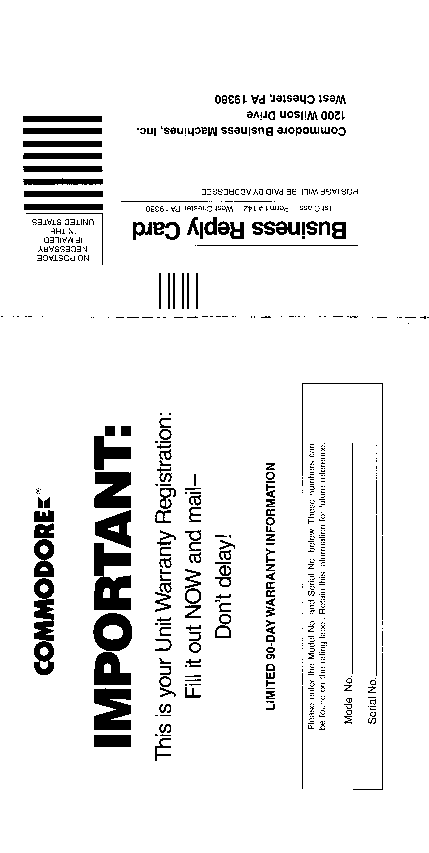
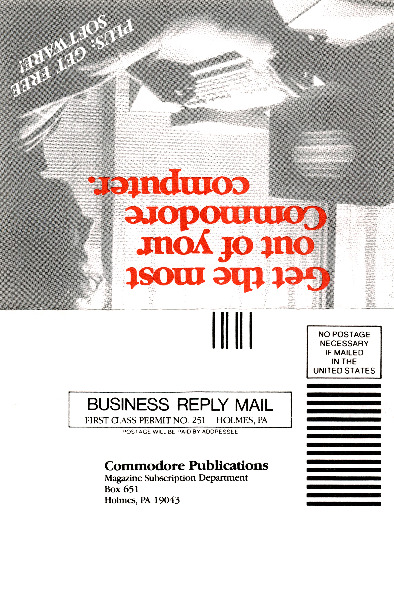
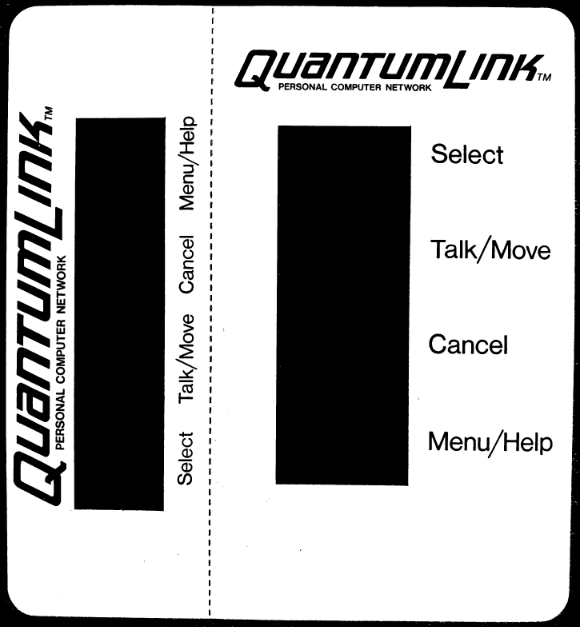

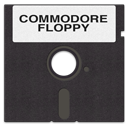

About pulse dialing: it’s actually done by taking the line on and off hook rapidly. It doesn’t use audio signaling like tone dialing does, so I don’t think the audio interconnect on the 1660 was used for pulse dialing.
I used a 1660 to connect to QuantumLink back in the day. That was pretty painful at 300bps and the 1670 was a welcome upgrade.
Thanks; you are right. I clarified the text about pulse and tone dialing in the article.
Bit of a technical question – I have a couple of 1660 modems, which I am looking at repurposing as Morse key modems. They are ideal because they actually handle not only 300bps, but anything lower – even 1bps. The question is – do you know if the modem needs the 9VAC from the user port, or would it run ok on just the +5V/GND?
Best Post thanks for sharing with us !
Amazing Post ! thanks for shairng
Thank you so much for sharing this! Really appreciate the valuable insights and effort put into this post.
“Just wanted to say thank you for this wonderful blog post! Your writing is both engaging and informative. I truly appreciate the time and effort you put into sharing such valuable content.”
ไม่เพียงแต่ดีไซน์และเทคโนโลยีที่โดดเด่น หัวน้ำยารุ่น 6 ของ relx ,relx infinity
ด้วยเทคโนโลยีล้ำสมัยและการออกแบบที่ทันสมัย เยว่เค่อ บุหรี่ไฟฟ้า
Chennai Escorts Service by Chennai Escorts Models is the perfect choice for men who are looking for a unique and memorable experience. The agency’s hot and gorgeous call girls are not only experienced and professional but also dedicated to providing a high level of service. With a wide range of services and packages to choose from, the agency is the best option for men who are looking for companionship, relaxation, and entertainment in Chennai.
thanks admin for quality content !
beIN168 รวมทุกความบันเทิงในเว็บเดียว คาสิโนสด สล็อต กีฬา สมัครเว็บหวย24 ดูหนัง JAV กลุ่มลับ Live ครบจบในที่เดียว รองรับมือถือ 100% ฝาก-ถอนเร็วทันใจ
สัมผัสประสบการณ์ความบันเทิงเต็มรูปแบบที่ beIN168! เว็บเดียวที่รวมทุกอย่างไว้ให้คุณ ทั้งคาสิโนสด สล็อตแตกง่าย กีฬา หวย และความบันเทิงพิเศษอย่างหนัง JAV รวมถึงกลุ่มลับ Live พร้อมให้คุณเข้าถึงได้ง่ายๆ ผ่านมือถือ 100% และมั่นใจได้กับระบบฝาก-ถอนที่รวดเร็วทันใจ
ออนไลน์คาสิโนครบวงจรที่ หวยไลค์ มาพร้อมเกมคาสิโน สล็อต บาคาร่า ยิงปลา ครบทุกค่าย สมัครเลยวันนี้!
กำลังมองหาประสบการณ์บันเทิงออนไลน์แบบครบวงจรอยู่ใช่ไหม? ที่ HUAY5 คุณสามารถลุ้นรางวัลใหญ่ได้เลย! เรามีเกมคาสิโนมากมาย ทั้งสล็อต waspbet gaming บาคาร่า และเกมยิงปลา จากทุกค่ายดัง สมัครเลยวันนี้!
Honestly, this content feels like it’s written not just for reading, but for living. Every point is so practical that it can be applied in real life. Your writing style is both engaging and motivating. I found this blog truly powerful. Keep writing more like this—content like this changes people’s mindsets.
cheap instagram views india
Agencies and independent escorts ensure that all communication remains confidential and that meetings are discreet and secure. This professionalism has made the industry more accessible and trustworthy for clients.
The memories of such moments stay in the heart long after the meeting, leaving a positive impact on mood and self-worth. For anyone who wants comfort, good company,hyderabad call girl